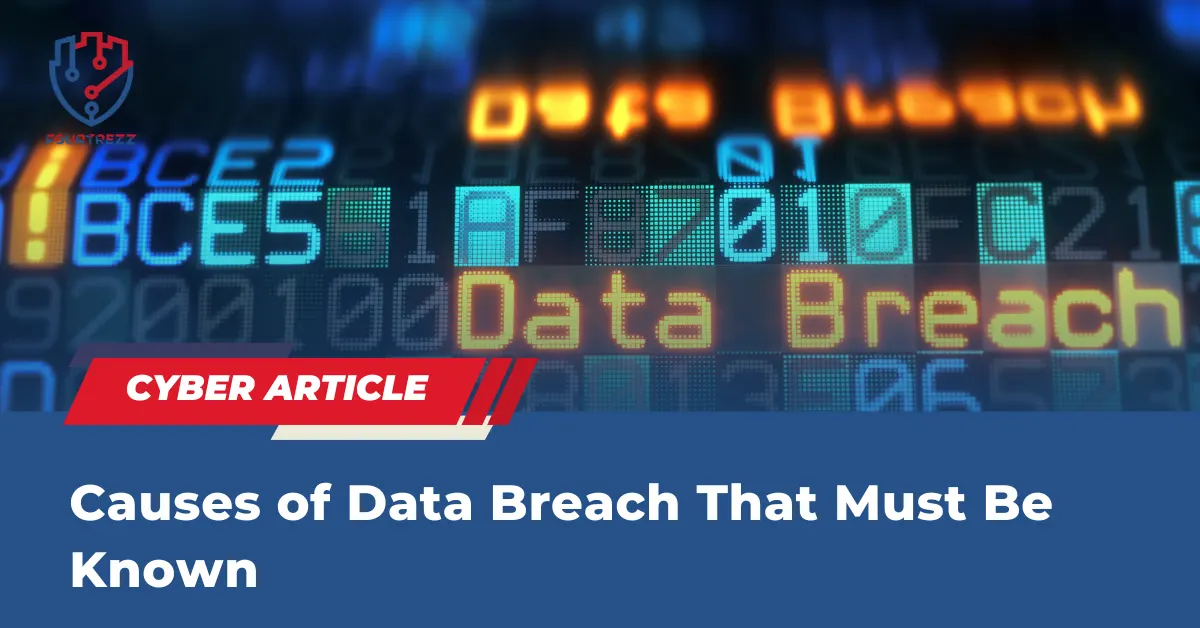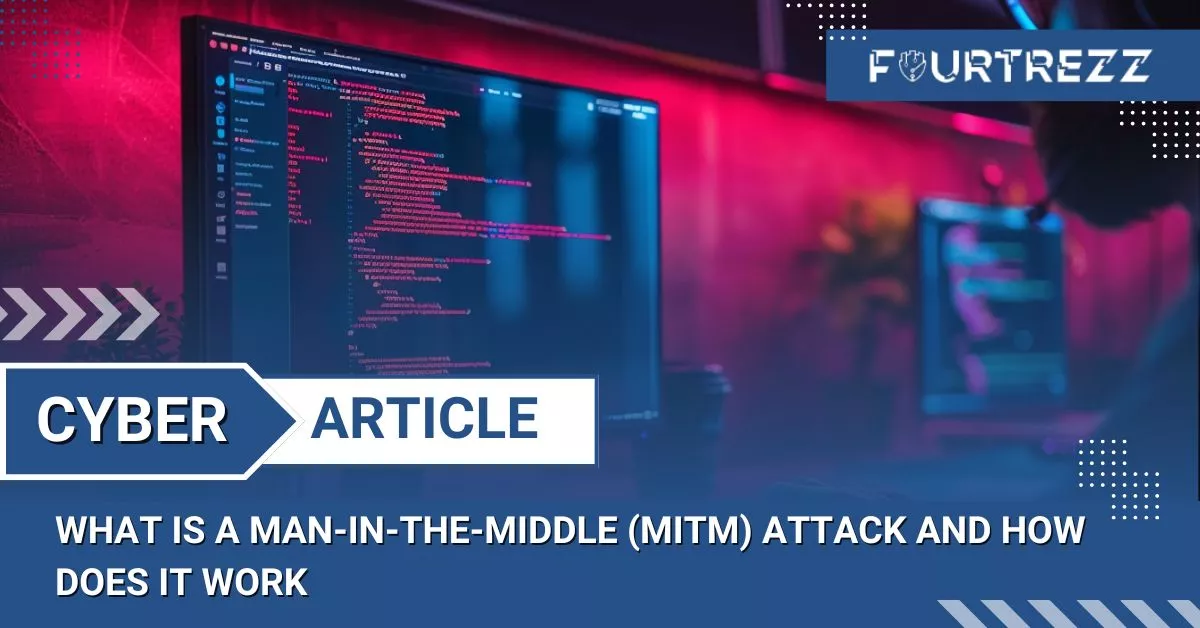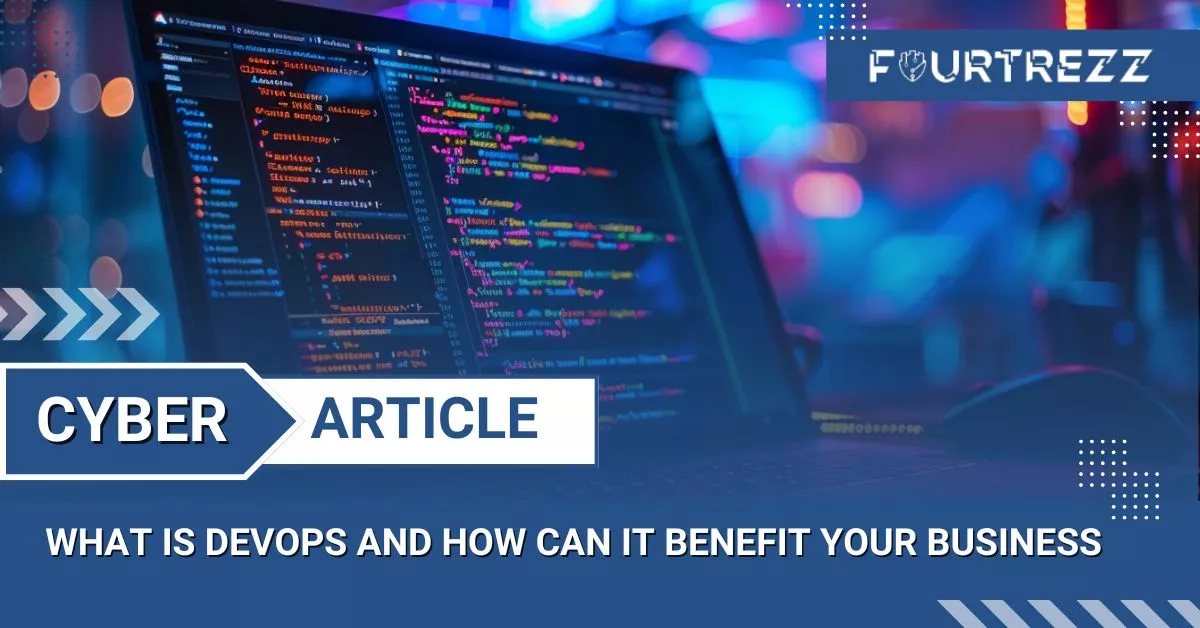A data breach is the accidental or deliberate leakage of private or confidential information from a security system or network. This leaked information can include passwords, credit card numbers, personal information, and other sensitive data.
Data breaches are highly detrimental to both individuals and companies. Therefore, it’s important to understand the causes of data breaches and how to prevent them. By understanding the causes of data breaches, we can better prepare ourselves and our security systems to prevent data breaches and protect our sensitive information.

Human Error
- Phishing Scams Phishing scams are deceptive acts through email or text messages that attempt to trick users into giving away their sensitive information. This is one of the primary causes of data breaches because many people are unaware that they are the victims of phishing.
- Reuse of Passwords Using the same password for multiple accounts is a significant risk because if that password is leaked, all accounts using that password will also be exposed. This is a frequent cause of data breaches that can easily be prevented by using different passwords for each account.
- Unprotected Devices Devices such as laptops, phones, and tablets often store sensitive information and are not protected from security threats. Devices that are not adequately protected can become means for spreading malware or stealing information. Therefore, it is important to ensure that our devices are properly protected, using passwords and data encryption to safeguard sensitive information.
Technical Glitches
- Software Vulnerabilities Software vulnerabilities are security gaps found in software. These can be exploited by criminals to enter the system and steal information. These vulnerabilities often occur due to poor or outdated code, so it is crucial to ensure that all software we use is always up-to-date and that any detected vulnerabilities are fixed.
- Hardware Failures Hardware failures can cause data breaches if not properly repaired. Damage to hardware such as hard drives can lead to information loss, so it is important to ensure that every piece of hardware we use is in good condition and functioning correctly.
- Compromised Network Security Network security is an important aspect to consider to prevent data breaches. If network security is compromised, criminals can enter the system and steal sensitive information. Therefore, it is crucial to ensure that our network security is always up-to-date and that any detected vulnerabilities are remedied.
Internal Threats
- Employees with Malicious Intent Not everyone working in a company has good intentions. There are employees who take advantage of their position and access to information for personal gain. Employees with malicious intent can steal sensitive company information and leak it to third parties. Therefore, it is important to ensure that all employees understand the importance of information security and take necessary actions to prevent data breaches.
- Contractors with Access to Sensitive Information Contractors often have access to sensitive information because their position requires it to complete their work. However, if contractors do not have adequate security measures, they can become a threat to information security. Therefore, it is important to ensure that all contractors understand the importance of information security and take necessary actions to prevent data breaches.
- Third-Party Vendors with Inadequate Security Measures Third-party vendors often have access to sensitive information because their position requires it to complete their work. However, if third-party vendors do not have adequate security measures, they can become a threat to information security. Therefore, it is important to ensure that all third-party vendors understand the importance of information security and take necessary actions to prevent data breaches.
External Attacks
- Hacking and Cyber Attacks Hacking and cyber attacks are the most common external threats that cause data breaches. Hackers and cyber attackers exploit software or network weaknesses to access sensitive information. This can happen through attacks such as malware, phishing scams, and other attacks. It is important to ensure that the software and networks used have adequate security levels to prevent these attacks.
- Advanced Persistent Threats (APT) Advanced Persistent Threats (APT) are attacks targeting specific companies or organizations and remain for a long time before finally accessing sensitive information. APTs often exploit long-standing software or network vulnerabilities that have not been fixed. Therefore, it is important to ensure that all software and networks used have adequate security levels and to update software and networks regularly to prevent these attacks.
- Social Engineering Social Engineering is an attack that exploits someone’s trust to access sensitive information. These attacks can occur through phishing emails, false phone calls, or other attacks. It is important to ensure that all employees understand how social engineering attacks are conducted and take necessary actions to prevent these attacks.
Conclusion
Data breaches can be caused by various factors, including human errors like phishing scams and password reuse, technical glitches like software vulnerabilities and hardware malfunctions, internal threats like employees with malicious intent and third-party vendors with inadequate security measures, and external attacks like hacking and cyber attacks, as well as advanced persistent threats.
It is vital to ensure that all organizations have adequate prevention and mitigation measures to prevent data breaches. These measures include regularly updating software and networks, ensuring all employees understand how attacks are carried out and ways to prevent them, and ensuring that third-party vendors have adequate security measures.
Data breaches can have serious consequences, including financial loss and damage to reputation. Therefore, it is important to ensure that organizations have adequate prevention and mitigation measures to prevent data breaches. Recommendations include ensuring that all software and networks have adequate security levels, training employees to prevent attacks, and ensuring that third-party vendors have adequate security measures.










